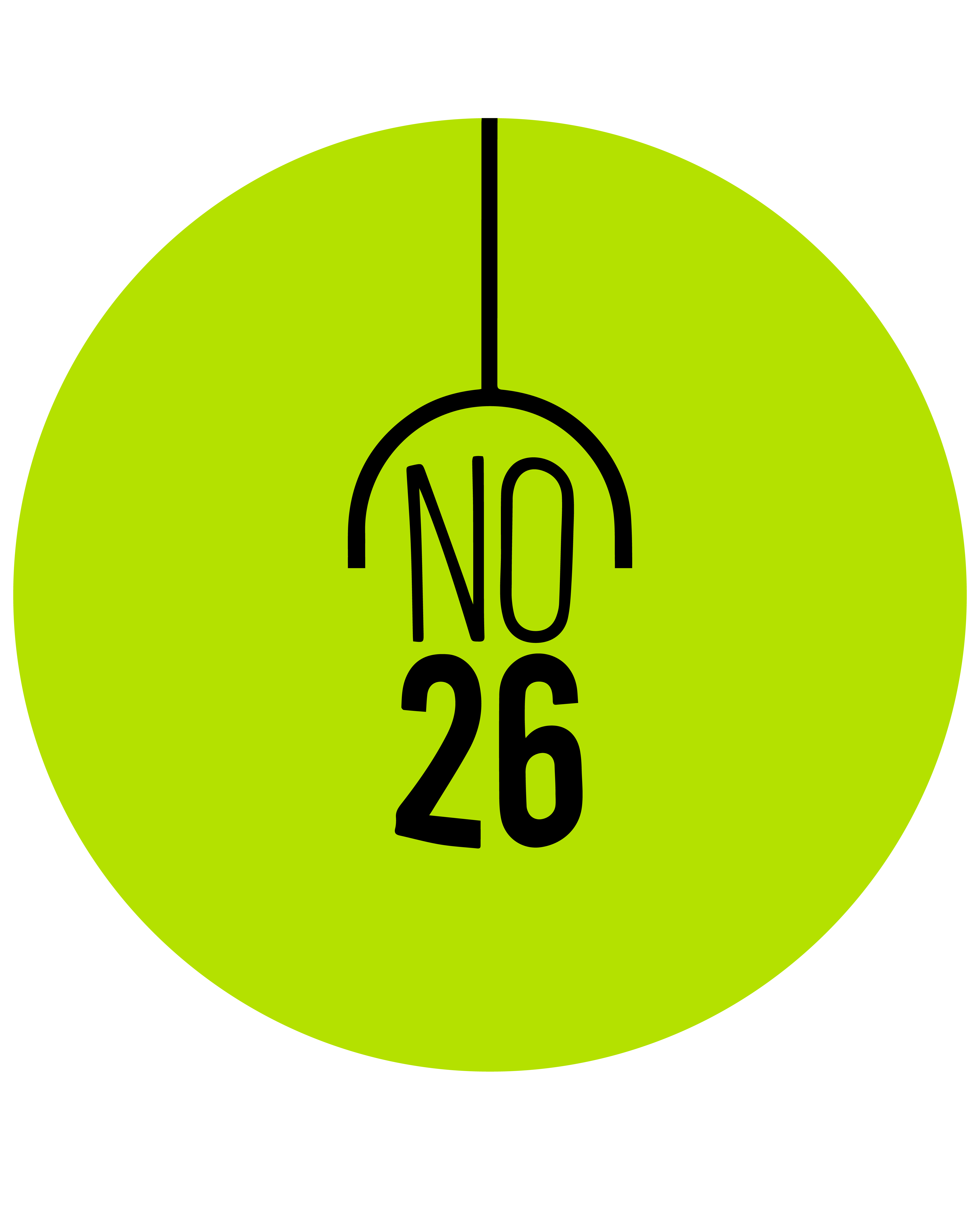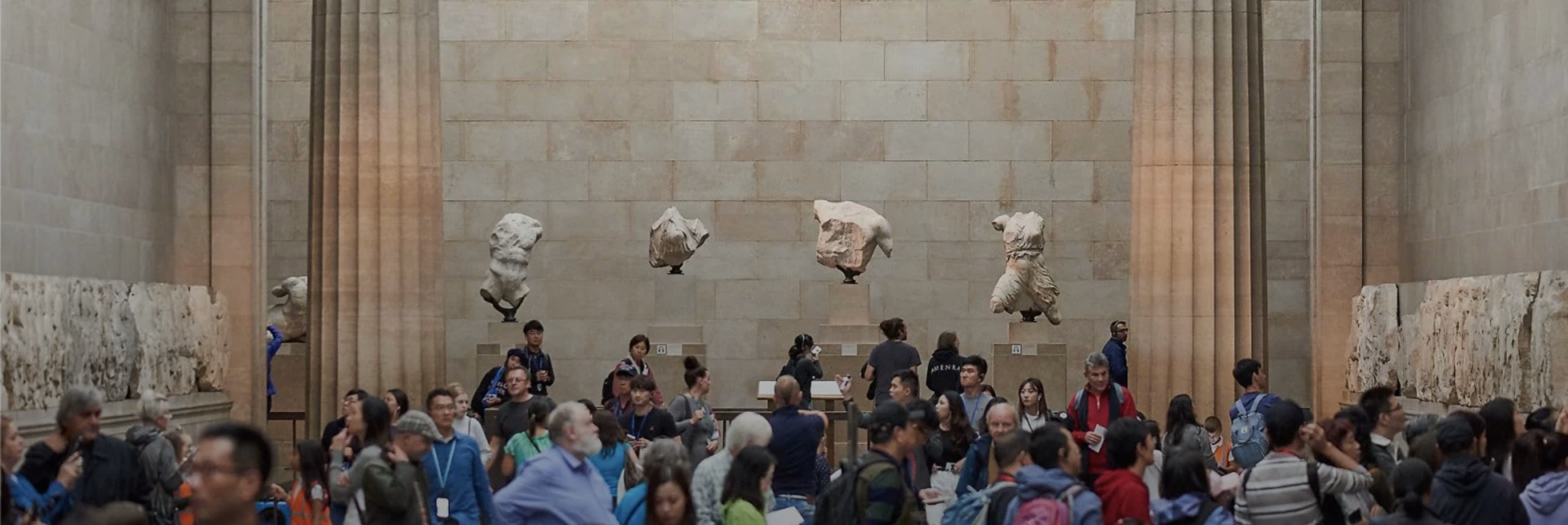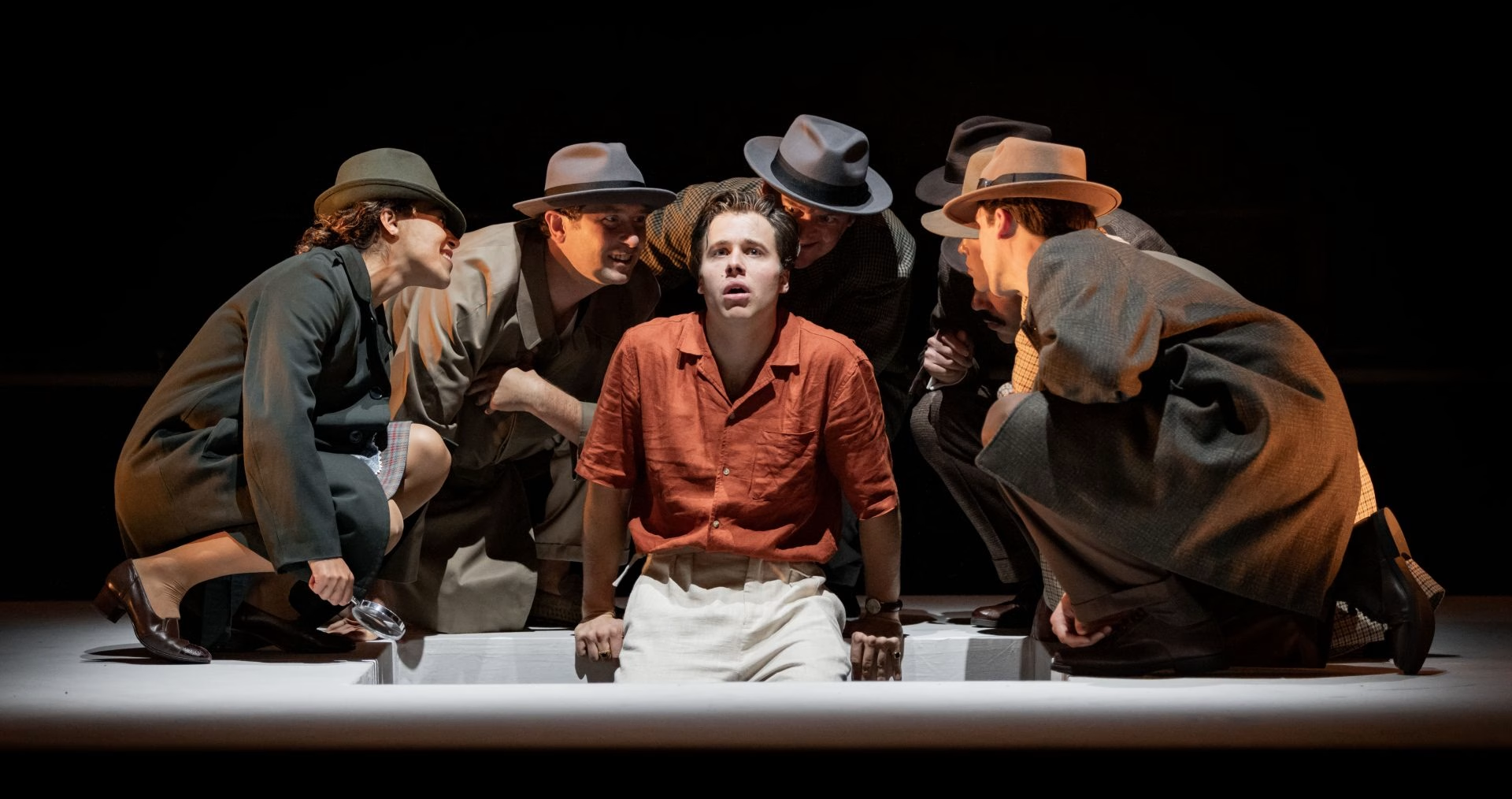📍 British Museum, Room 18 – Duveen Gallery, London
📍 Acropolis Museum, Athens
Built in the 5th century BCE, the Parthenon was the grandest temple dedicated to Athena, the goddess of Athens. Today, its sculptures continue to whisper stories of gods and heroes through their marble surfaces. Yet, this narrative is not only about the ancient world but also one of the most contentious cultural debates of modern times: where do the Parthenon Sculptures truly belong?
The Heart of History: The Parthenon Sculptures
Crafted between 447–432 BCE, these sculptures are divided into three main groups:
- Friezes – Depicting the ceremonial procession of the Panathenaic festival in honor of Athena.
- Metopes – Illustrating the mythological conflict between the Lapiths and Centaurs at a wedding feast.
- Pediment Figures – Representing gods and legendary heroes.
Today, the British Museum displays 15 metopes, 17 pediment figures, and approximately 75 meters of frieze. Meanwhile, the Acropolis Museum in Athens showcases the remaining pieces within a modern glass structure, set against the shadow of the Parthenon.
The Journey to London
In the early 19th century, when Athens was under Ottoman rule, Britain’s ambassador, Lord Elgin, obtained permission to remove half of the sculptures and transport them to London. In 1816, a parliamentary decision incorporated these works into the British Museum’s collection, where they have been exhibited for two centuries in one of the world’s busiest museum galleries.
The Ongoing Debate: Who Owns Them?
Since 1983, Greece has demanded the permanent return of the sculptures. The British Museum argues that the works are part of global cultural heritage and are presented in a universal context. In Athens, since 2009, the Acropolis Museum has displayed the absent sculptures’ silhouettes in empty spaces, as if awaiting their return.
Where to See Them Today
- British Museum (London): Room 18 – Duveen Gallery. Free admission.
- Acropolis Museum (Athens): At the foot of the Acropolis, facing the Parthenon.
- Other Fragments: Collections in Paris, Munich, Vienna, Copenhagen, and Würzburg.
Why It Matters
The Parthenon Sculptures are not only masterpieces of Ancient Greek art but also a shared memory of human history. Depictions of gods, heroic struggles, and festival rituals resonate even 2,500 years later, echoing contemporary questions: “Who owns them?”, “Where should they be preserved?”, “Where is an artwork’s true home?”














